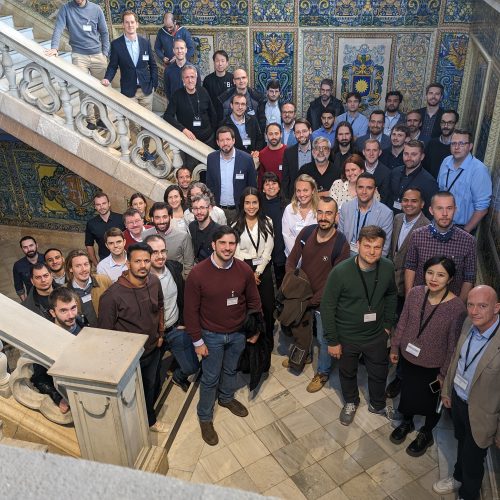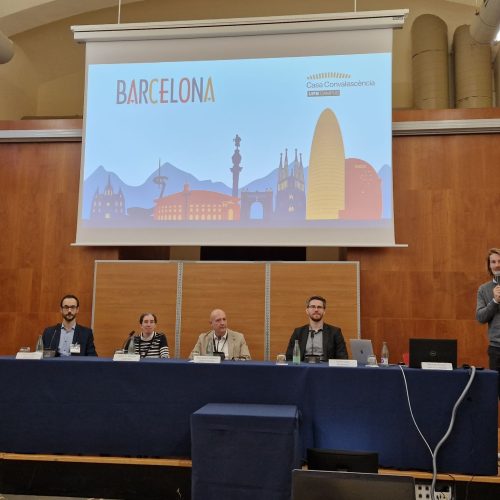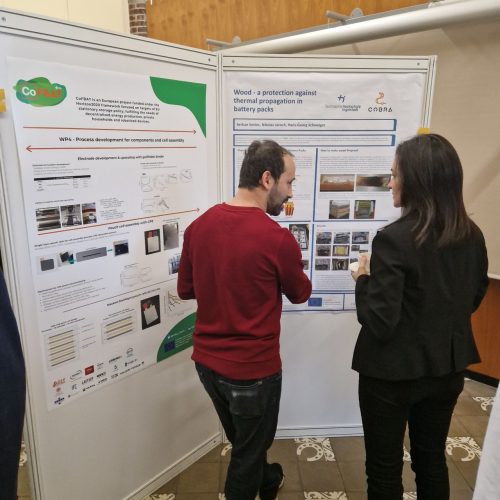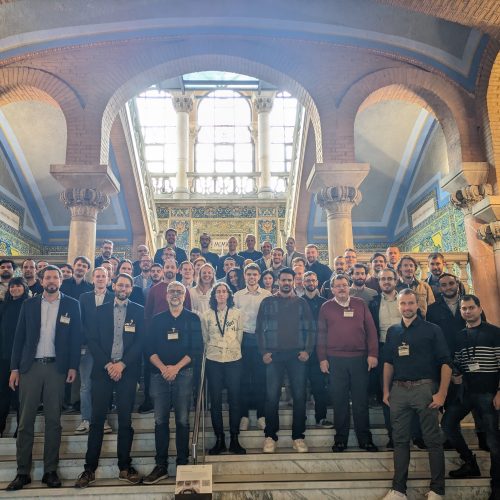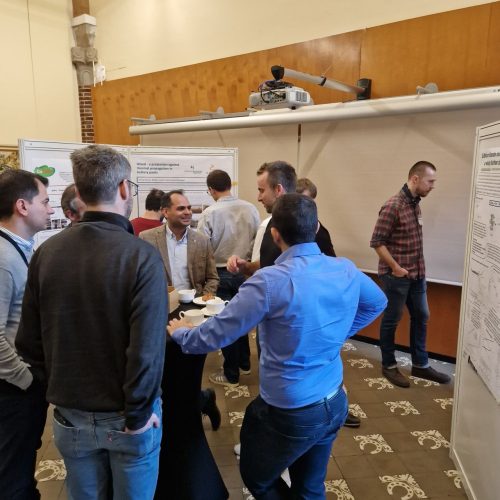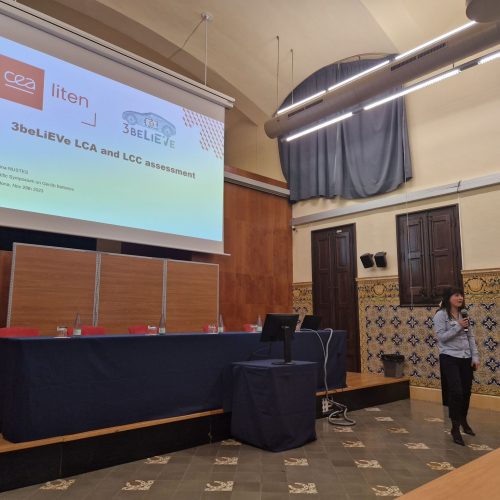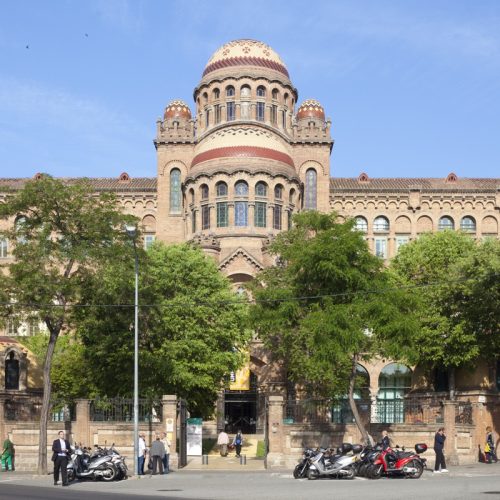COBRA develops cobalt-free lithium battery for the automotive industry
PRESS RELEASE – DECEMBER 11, 2023
In a significant advancement for electric mobility, the COBRA project has developed Spain’s first large-format cobalt-free lithium-ion battery prototype, currently in the pre-commercial phase.
Co-funded with nearly twelve million euros from the European Commission’s Horizon 2020 program, which runs from January 2020 to July 2024, the COBRA project is manufacturing two hundred cells for the assembly of a complete battery. This prototype aims to be scalable in the medium term, facilitating the path towards commercialisation for manufacturers.
The prototype’s development stage is rated between levels 5 and 6 on the Technology Readiness Level (TRL) scale, which assesses the maturity of a technology. Level 1 represents the most basic form, and level 9 indicates the demonstration phase. A key achievement of this prototype is the elimination of cobalt, a known pollutant, from its manufacturing process.
“Cobalt makes batteries work with greater durability and faster charging cycles,” says Jordi Jacas, a senior researcher at IREC, and coordinator of the project. To him, replacing this “expensive, toxic metal dependent on African countries” is a “very big” challenge that responds to the shortcomings of electric vehicle batteries.
The COBRA project coordinator also insisted that the innovation developed by researchers from various top European centres, has concentrated on developing a cobalt-free cathode composition. This advancement is a step towards creating batteries that are “in the future, fully competitive at market level”.
Iratxe de Meatza, a team leader at CIDETEC Energy Storage, noted that while the automotive industry can be slow to adopt new technologies, the COBRA project has enabled the transition of cobalt-free cathode material “from the laboratory to semi-industrial sized cells”. This transition allows for the “analysis of performance under more realistic conditions”, aiming to enhance the “charging power and cyclability” of the prototype.
Faced with the challenge of optimising each component that makes up the “complex system” of the battery, the work developed by the research centre based in San Sebastián has led to the discovery of new electrode formulations using “recycled silicon from photovoltaic panels,” which aligns this technology with the levels demanded by Europe in terms of “recycling and sustainability.”
The head of the project at IREC has said that they are already achieving a recycling rate “of between 90 and 95% for the components that make up the cell” while increasing the safety levels of the entire value chain. This includes improvements in the components, the electrochemical cells, the control systems equipped with sensors, and the final assembly of the battery pack.
The innovation-based design will integrate a new control system that features wireless communication capabilities, advanced sensors, and sophisticated algorithms. These enhancements are crucial for increasing the safety of the batteries, enabling them to detect changes in temperature and potential gas leaks, as well as improve the overall efficiency of the battery.
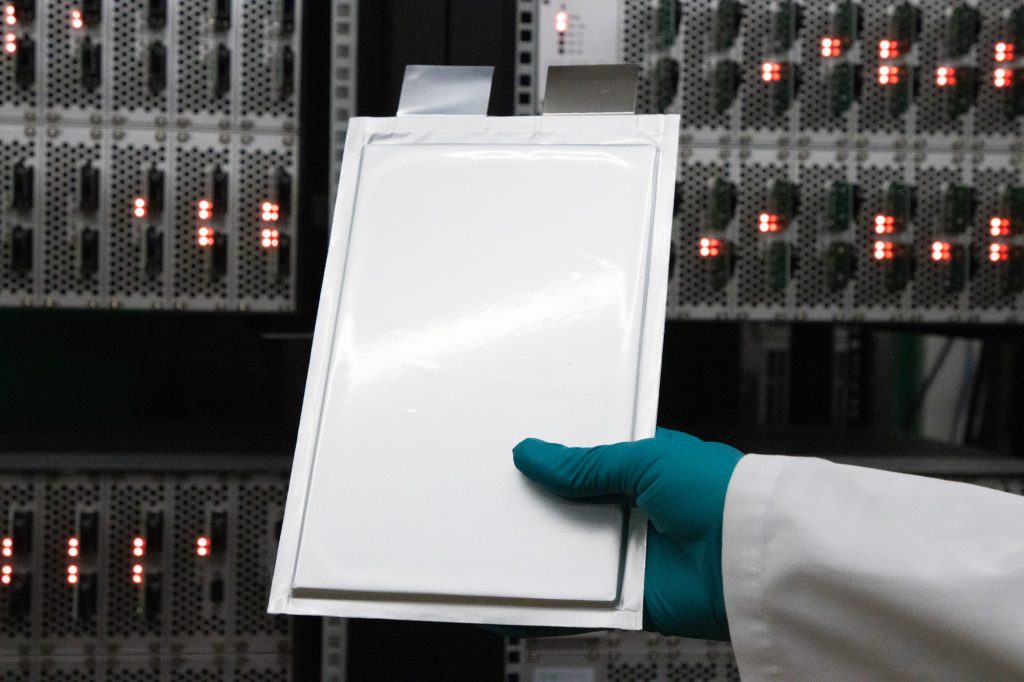
If you’d like further details on the latest developments in COBRA, or want to reach out to one of the partners, contact cobra@baxcompany.com or visit our Twitter and LinkedIn channels.

